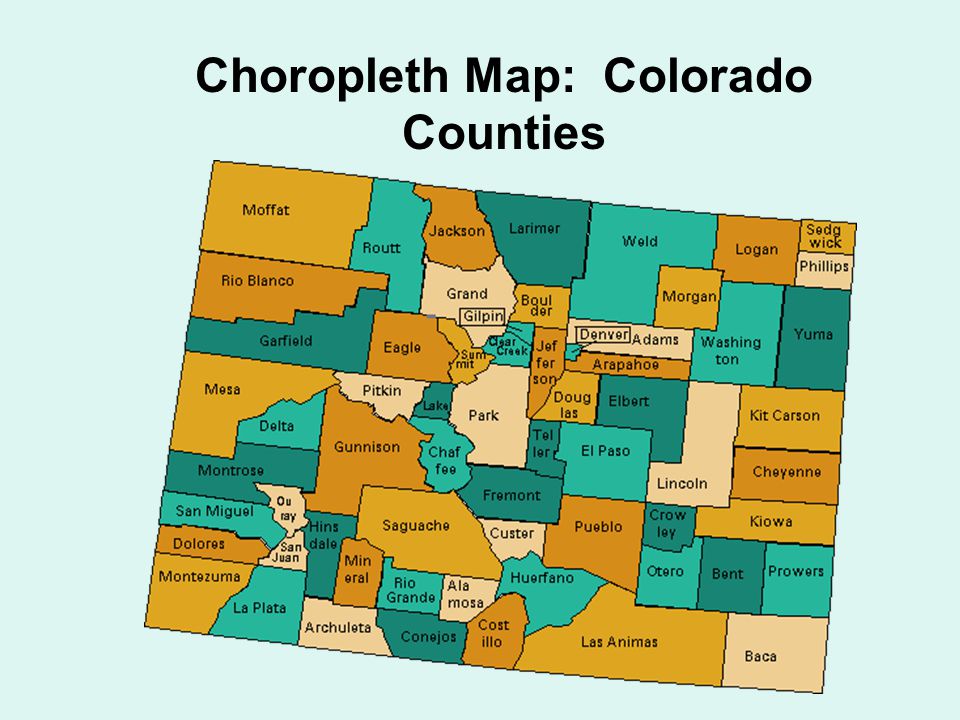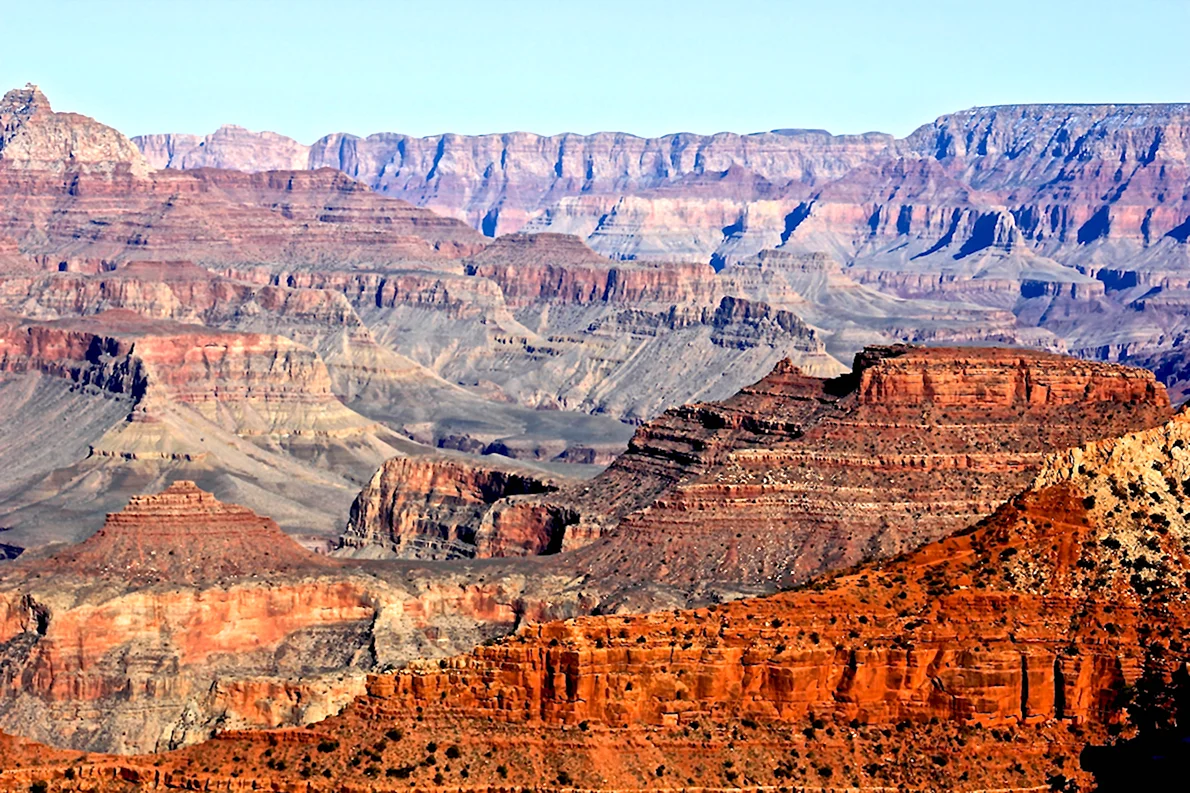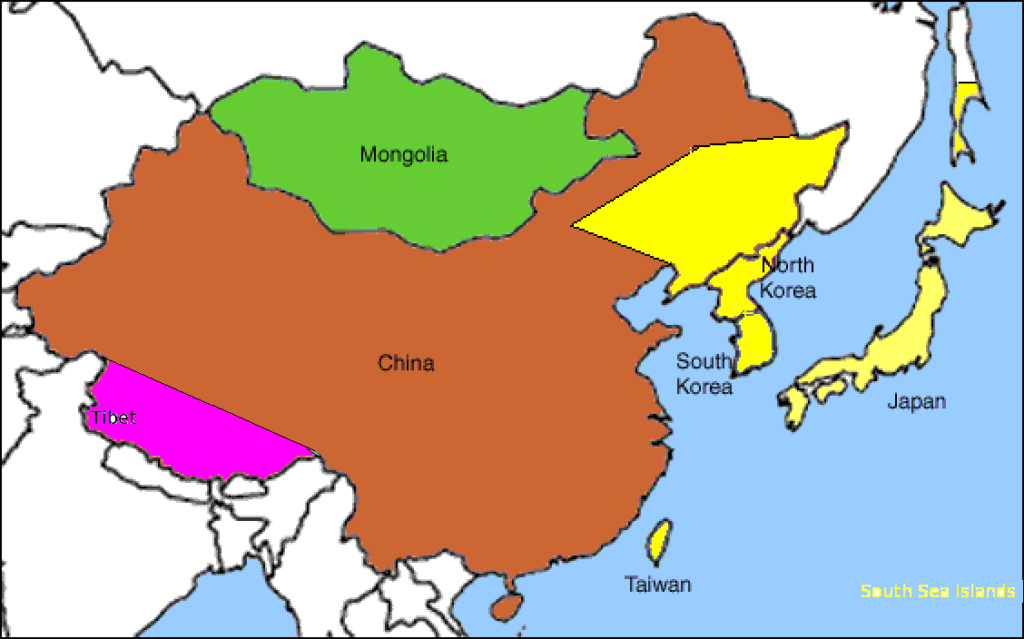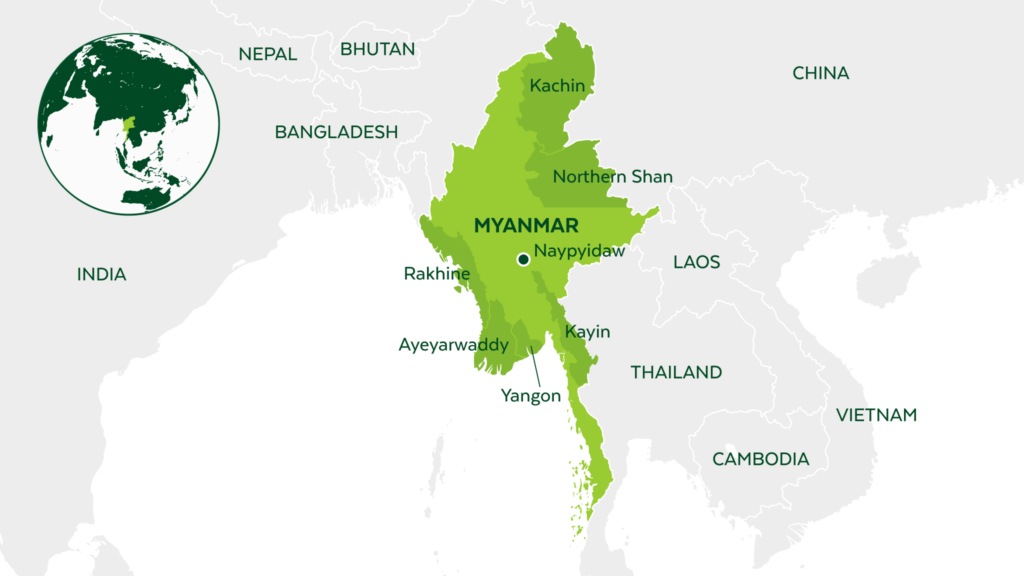Introduction
Colorado, known as the Centennial State, is a U.S. state that offers diverse landscapes, rich history, and vibrant cities. From the towering peaks of the Rocky Mountains to the expansive Great Plains, Colorado’s geography is as varied as it is beautiful. This guide will explore Colorado’s maps, its geographical features, historical facts, demographic information, and notable points of interest.
Geography of Colorado
Physical Geography
Colorado is located in the western United States and is part of the Mountain West subregion. It is the eighth largest state by land area, covering approximately 104,094 square miles. The state is characterized by its varied terrain, which includes mountains, high plains, deserts, and river valleys.
Rocky Mountains
The Rocky Mountains are the most prominent feature of Colorado’s geography. These mountains run north-south through the middle of the state and include some of the highest peaks in North America, such as Mount Elbert, which stands at 14,440 feet.
Great Plains
To the east of the Rocky Mountains lies the Great Plains. This area is characterized by flat or gently rolling terrain and is primarily used for agriculture.
Colorado Plateau
The western part of the state features the Colorado Plateau, known for its desert landscapes, deep canyons, and unique rock formations.
Rivers and Water Bodies
Major rivers in Colorado include the Colorado River, Arkansas River, South Platte River, and Rio Grande. These rivers are crucial for the state’s water supply, recreation, and agriculture.
Climate
Colorado’s climate varies widely due to its diverse topography. Generally, the state experiences a semi-arid climate with low humidity and abundant sunshine. However, the mountains can bring significant snowfall and colder temperatures, while the plains may experience more extreme weather, including thunderstorms and tornadoes.
Historical Overview
Early History
Before European exploration, Colorado was inhabited by Native American tribes, including the Ute, Arapaho, and Cheyenne. These indigenous people lived off the land, hunting, farming, and trading with neighboring tribes.
European Exploration and Settlement
The first Europeans to explore Colorado were Spanish explorers in the 16th century. The area was later claimed by France and then sold to the United States as part of the Louisiana Purchase in 1803. American fur trappers and traders soon followed, establishing trade routes and settlements.
Statehood and Development
Colorado became a U.S. territory in 1861 and achieved statehood on August 1, 1876, earning it the nickname “The Centennial State” since it was admitted to the Union 100 years after the Declaration of Independence.
Demographics and Economy
Population
As of the 2020 census, Colorado has a population of approximately 5.8 million people. The population is diverse, with a mix of ethnicities and cultures contributing to the state’s rich cultural fabric.
Major Cities
Denver
The capital and largest city of Colorado, Denver, is known as the Mile-High City due to its elevation of exactly one mile above sea level. It is a vibrant urban center with a strong economy, diverse population, and numerous cultural and recreational opportunities.
Colorado Springs
Located at the foot of Pikes Peak, Colorado Springs is known for its scenic beauty and outdoor activities. It is also home to several military installations.
Aurora
A rapidly growing city, Aurora is known for its cultural diversity and thriving healthcare and technology sectors.
Boulder
Home to the University of Colorado, Boulder is known for its progressive culture, outdoor activities, and innovative tech industry.
Fort Collins
Another college town, Fort Collins is home to Colorado State University and is known for its vibrant music scene and craft breweries.
Economy
Colorado’s economy is diverse and robust, with key industries including
Agriculture
The state’s agricultural industry produces a variety of crops and livestock, including cattle, dairy products, corn, and wheat.
Energy
Colorado is rich in natural resources, including oil, natural gas, coal, and renewable energy sources like wind and solar power.
Technology
The tech industry is booming in Colorado, with many companies focusing on software development, cybersecurity, and aerospace.
Tourism
The state’s natural beauty and outdoor recreational opportunities attract millions of tourists each year. Popular destinations include national parks, ski resorts, and historic sites.
Notable Points of Interest
National Parks and Monuments
Rocky Mountain National Park
Located in northern Colorado, this park is known for its stunning mountain landscapes, diverse wildlife, and numerous hiking trails.
Mesa Verde National Park
This park preserves the ancient cliff dwellings of the Ancestral Puebloans and offers a fascinating glimpse into early Native American history.
Great Sand Dunes National Park
Home to the tallest sand dunes in North America, this park offers unique opportunities for sandboarding, hiking, and stargazing.
Black Canyon of the Gunnison National Park
This park features steep cliffs and dramatic rock formations carved by the Gunnison River.
Colorado National Monument
Located near Grand Junction, this monument offers striking views of red rock canyons and monoliths.
Historic Sites
Durango and Silverton Narrow Gauge Railroad
This historic railroad offers scenic train rides through the San Juan Mountains.
Bent’s Old Fort National Historic Site
A reconstructed 1840s adobe trading post on the Santa Fe Trail, this site offers a glimpse into the lives of traders, trappers, and Native Americans.
Central City and Black Hawk
These historic mining towns are known for their well-preserved Victorian architecture and modern casinos.
Pikes Peak
One of Colorado’s most famous landmarks, Pikes Peak inspired the song “America the Beautiful” and offers breathtaking views from its summit.
Fun and Interesting Facts
Highest Average Elevation
Colorado has the highest average elevation of any state in the U.S., with an average of 6,800 feet above sea level.
Fourteeners
The state is home to 58 mountain peaks that exceed 14,000 feet, known as “fourteeners.”
Legalization of Marijuana
Colorado was one of the first states to legalize recreational marijuana in 2012, significantly impacting its economy and culture.
Largest Flat-Topped Mountain
The Grand Mesa in western Colorado is the world’s largest flat-topped mountain.
Continental Divide
The Continental Divide runs through Colorado, separating the watersheds that drain into the Pacific Ocean from those that drain into the Atlantic Ocean.
Maps of Colorado
Political Map
A political map of Colorado shows the state’s boundaries, major cities, and significant political subdivisions such as counties. This type of map is useful for understanding the administrative and political organization of the state.
Physical Map
A physical map highlights Colorado’s diverse topography, including mountain ranges, plains, plateaus, and rivers. This map type helps to visualize the natural landscape and geographical features of the state.
Road Map
Road maps are essential for navigating Colorado’s extensive network of highways, interstates, and local roads. They are particularly useful for travelers and residents planning road trips or commuting.
Topographic Map
Topographic maps provide detailed information on the elevation and terrain of Colorado. These maps use contour lines to represent the state’s varied elevations and are valuable tools for hikers, climbers, and geographers.
Commonly Asked Questions
What is the highest peak in Colorado?
Mount Elbert, standing at 14,440 feet, is the highest peak in Colorado and the second-highest in the contiguous United States.
What is the climate like in Colorado?
Colorado has a semi-arid climate with low humidity and abundant sunshine. However, the state experiences significant variation in weather due to its diverse topography, including cold winters and hot summers in different regions.
What are the major industries in Colorado?
Major industries in Colorado include agriculture, energy, technology, tourism, and aerospace. The state has a diverse economy supported by its natural resources and innovative sectors.
What are the main attractions in Denver?
Denver, the capital city, is known for its vibrant arts scene, cultural attractions, and outdoor activities. Key attractions include the Denver Art Museum, Denver Botanic Gardens, Denver Zoo, and the nearby Rocky Mountain National Park.
What historical sites can you visit in Colorado?
Colorado offers numerous historical sites, including the Durango and Silverton Narrow Gauge Railroad, Bent’s Old Fort National Historic Site, and the mining towns of Central City and Black Hawk.
What is the significance of the Continental Divide in Colorado?
The Continental Divide is a natural boundary that separates the watersheds that drain into the Pacific Ocean from those that drain into the Atlantic Ocean. It runs through the Rocky Mountains in Colorado and is a prominent feature of the state’s geography.
How many national parks are there in Colorado?
Colorado is home to four national parks: Rocky Mountain National Park, Mesa Verde National Park, Great Sand Dunes National Park, and Black Canyon of the Gunnison National Park.
What outdoor activities are popular in Colorado?
Popular outdoor activities in Colorado include hiking, skiing, snowboarding, mountain biking, rock climbing, and white-water rafting. The state’s diverse landscapes offer endless opportunities for adventure and recreation.
How did Colorado get its nickname, “The Centennial State”?
Colorado is called “The Centennial State” because it was admitted to the Union on August 1, 1876, exactly 100 years after the signing of the Declaration of Independence.
What are some unique geological features of Colorado?
Unique geological features of Colorado include the towering Rocky Mountains, the expansive Great Plains, the high desert landscapes of the Colorado Plateau, and the world’s largest flat-topped mountain, the Grand Mesa.
Conclusion
Colorado is a state of remarkable diversity, both in its natural landscapes and its cultural heritage. From the majestic Rocky Mountains to the historic mining towns, the state offers a wealth of experiences for residents and visitors alike. Understanding Colorado’s maps, geographical features, history, and demographics provides a comprehensive view of what makes this state unique. Whether you’re planning a visit or looking to learn more about Colorado, this guide offers a thorough overview of everything the Centennial State has to offer.
- 10 Biggest Urban Parks In The World - September 30, 2024
- 10 Animals Found In Brazil - September 29, 2024
- The Best Small Towns To Retire In Virginia - September 21, 2024





